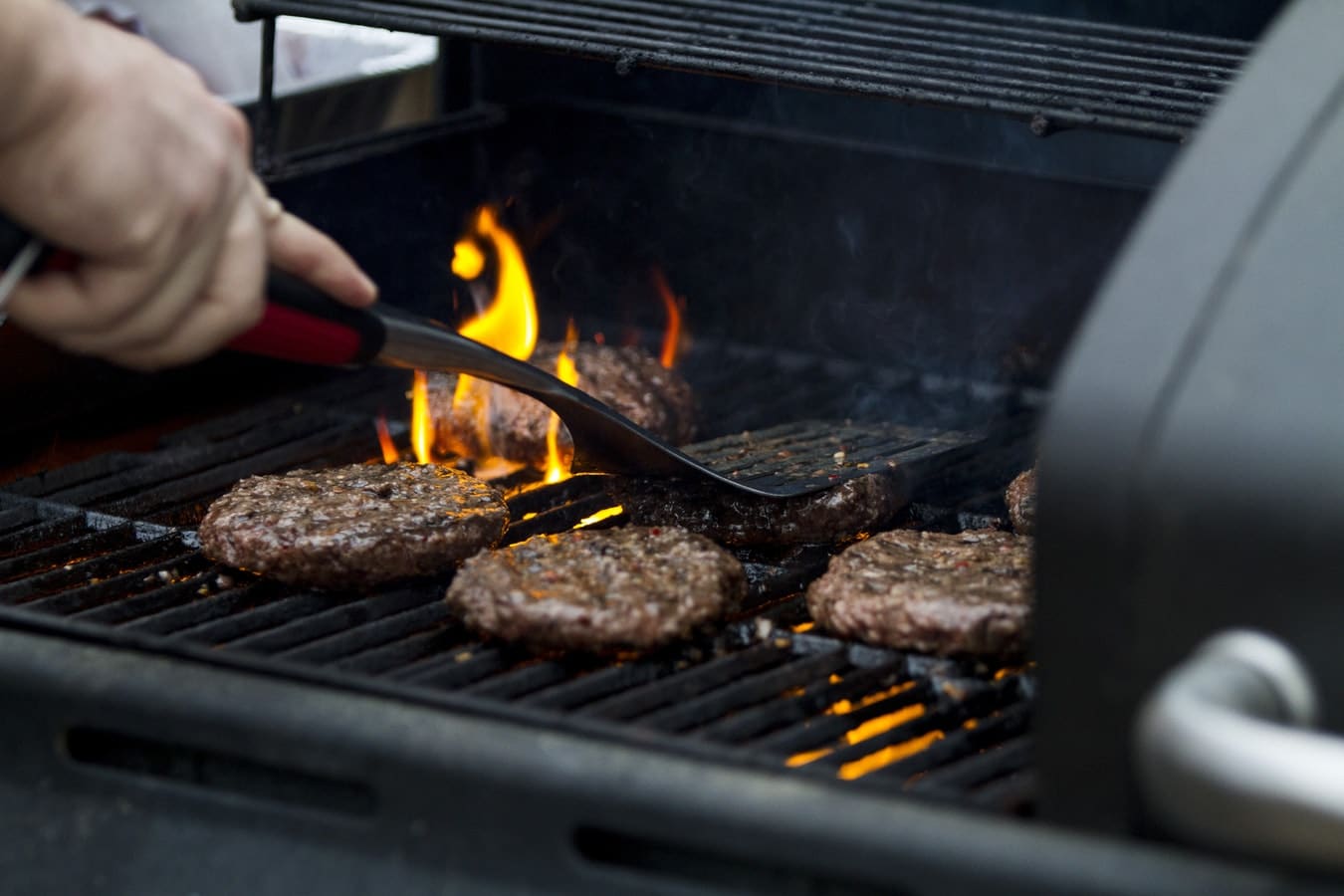With the mesmerizing winters approaching, and the surroundings getting covered with a thick white layer of snow, it is no wonder the winter beauty is alluring to its core. But, what about driving down those snow-laden streets? It can be both exciting and nerve wrecking at the same time. The winter season brings with it several issues while driving, and the statistics reveal maximum accidents to be taking place during this period. The simple reason behind the mishaps can be slippery road conditions, leading to bumping of cars into each other or lack of experience of driving in the snow. Whatever the reason might be, but the best would be to avoid driving when the weather outside is extremely bad and heavy snowfall has been experienced. If conditions don’t allow you to stay back, then follow these tips to drive down the white layer smoothly.
- Prepare first– The requirement of each season differs and especially when it comes to cars and their tires. With all season tires in place, you can move ahead smoothly, but without, it can be much harder to navigate snowy roads. Fixing your car with winter tires is also an ideal option. Inspect the car’s antifreeze levels along with battery power to check the workings of the defroster. Moreover, including a snow shovel or sand to provide traction to the car and pull oneself out of a jam like the situation is also required. Torchlight, flares and snow scraper are also compulsions to be included for safety purpose.
- Stay at safe distance- While driving, people often tail behind other car or drive too fast which reduces the reaction time in case of a mishap. It is important that the cars should double the distance between cars so that drivers have more time to apply brakes and prevent a major accident. Additionally, being careful driving down curves is also vital.
- Crashing into brakes– The snow-clad roads often slip and when this happens, often inexperienced drivers get nervous and start of hitting the brakes rigorously. This is to be strictly avoided, as this eliminates traction from the tires and makes the car get out of control. The locking of the wheel and removal of traction doesn’t work with brakes being slammed. The best way to handle the situation is to release the accelerator and allow the car to become slow, gradually on its own. Moreover, if braking becomes a compulsion and the car is fitted with anti-lock braking system then try braking with constant even pressure. In the absence of anti-braking system, pump the brake at short intervals till the time the vehicle halts.
- Fast and frenzied– Driving down the snow-clad roads at high speed is a disaster that one should avoid at all costs. As high-speed driving gives very less reaction time and in case of a skid every second count and can save many lives. Moreover, icy pavements take a longer time to stop than dry streets, so the possibility of an accident is also on the higher side. The speed limit should always be conditioned on the zone you are driving and the speed should be fixed basis those conditions.




